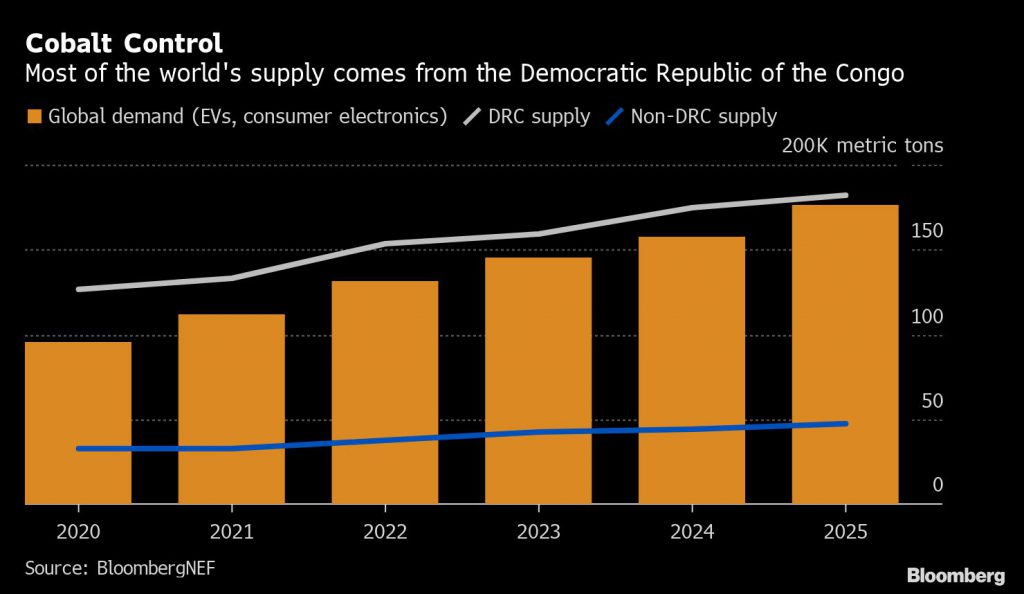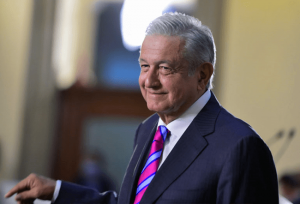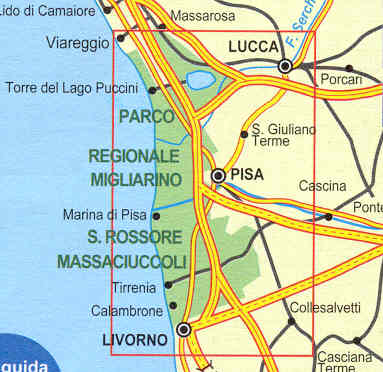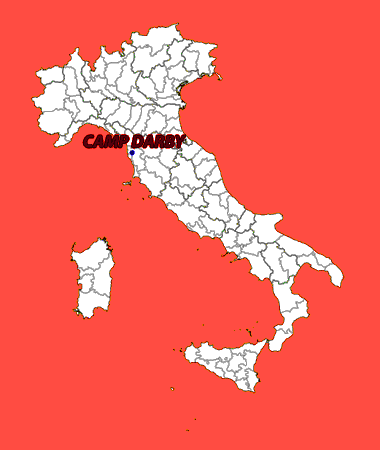“If we confuse dissent with disloyalty—if we deny the right of the individual to be wrong, unpopular, eccentric or unorthodox—if we deny the essence of racial equality then hundreds of millions in Asia and Africa who are shopping about for a new allegiance will conclude that we are concerned to defend a myth and our present privileged status. Every act that denies or limits the freedom of the individual in this country costs us the confidence of men and women who aspire to that freedom and independence of which we speak and for which our ancestors fought.”—Edward R. Murrow
For those old enough to have lived through the McCarthy era, there is a whiff of something in the air that reeks of the heightened paranoia, finger-pointing, fear-mongering, totalitarian tactics that were hallmarks of the 1950s.
Back then, it was the government—spearheaded by Senator Joseph McCarthy and the House Un-American Activities Committee—working in tandem with private corporations and individuals to blacklist Americans suspected of being communist sympathizers.
By the time the witch hunts carried out by federal and state investigative agencies drew to a close, thousands of individuals (the vast majority of them innocent any crime whatsoever) had been accused of communist ties, investigated, subpoenaed and blacklisted. Regarded as bad risks, the accused were blacklisted, and struggled to secure employment. The witch hunt ruined careers, resulting in suicides, and tightened immigration to exclude alleged subversives.
Seventy years later, the vitriol, fear-mongering and knee-jerk intolerance associated with McCarthy’s tactics are once again being deployed in a free-for-all attack by those on both the political Left and Right against anyone who, in daring to think for themselves, subscribes to ideas or beliefs that run counter to the government’s or mainstream thought.
It doesn’t even seem to matter what the issue is anymore (racism, Confederate monuments, Donald Trump, COVID-19, etc.): modern-day activists are busily tearing down monuments, demonizing historic figures, boycotting corporations for perceived political transgressions, and using their bully pulpit to terrorize the rest of the country into kowtowing to their demands.
All the while, the American police state continues to march inexorably forward.
This is how fascism, which silences all dissenting views, prevails.
The silence is becoming deafening.
Image on the right is from Bleacher Report

After years of fighting in and out of the courts to keep their 87-year-old name, the NFL’s Washington Redskins have bowed to public pressure and will change their name and team logo to avoid causing offense. The new name, not yet announced, aims to honor both the military and Native Americans.
Eleanor Holmes Norton, a delegate to the House of Representatives who supports the name change, believes the team’s move “reflects the present climate of intolerance to names, statues, figments of our past that are racist in nature or otherwise imply racism [and] are no longer tolerated.”
Present climate of intolerance, indeed.
Yet it wasn’t a heightened racial conscience that caused the Redskins to change their brand. It was the money. The team caved after its corporate sponsors including FedEx, PepsiCo, Nike and Bank of America threatened to pull their funding.
So much for that U.S. Supreme Court victory preventing the government from censoring trademarked names it considers distasteful or scandalous.
Who needs a government censor when the American people are already doing such a great job at censoring themselves and each other, right?
Now there’s a push underway to boycott Goya Foods after its CEO, Robert Unanue, praised President Trump during a press conference to announce Goya’s donation of a million cans of Goya chickpeas and a million other food products to American food banks as part of the president’s Hispanic Prosperity Initiative.
Mind you, Unanue—whose grandfather emigrated to the U.S. from Spain—also praised the Obamas when they were in office, but that kind of equanimity doesn’t carry much weight in this climate of intolerance.
Image below is from Britannica

Not to be outdone, the censors are also taking aim at To Kill a Mockingbird, Harper Lee’s Pulitzer Prize-winning novel about Atticus Finch, a white lawyer in the Jim Crow South who defends a black man falsely accused of rape. Sixty years after its debut, the book remains a powerful testament to moral courage in the face of racial bigotry and systemic injustice, told from the point of view of a child growing up in the South, but that’s not enough for the censors. They want to axe the book—along with The Adventures of Huckleberry Finn—from school reading curriculums because of the presence of racial slurs that could make students feel “humiliated or marginalized.”
Never mind that the N-word makes a regular appearance in hip-hop songs. The prevailing attitude seems to be that it’s okay to use the N-word as long as the person saying the word is not white. Rapper Kendrick Lamar “would like white America to let black people exclusively have the word.”
Talk about a double standard.
This is also the overlooked part of how oppression becomes systemic: it comes about as a result of a combined effort between the populace, the corporations and the government.
McCarthyism worked the same way.
What started with Joseph McCarthy’s headline-grabbing scare tactics in the 1950s about Communist infiltrators of American society snowballed into a devastating witch hunt once corporations and the American people caught the fever.
McCarthyism was a contagion, like the plague, spreading like wildfire among people too fearful or weak or gullible or paranoid or greedy or ambitious to denounce it for what it was: an opportunistic scare tactic engineered to make the government more powerful.
McCarthy, a young Republican senator, grasped the opportunity to make a name for himself by capitalizing on the Cold War paranoia of the time. In a speech in February 1950, McCarthy claimed to have a list of over 200 members of the Communist Party “working and shaping the policy of the U.S. State Department.” The speech was picked up by the Associated Press, without substantiating the facts, and within a few days the hysteria began.
McCarthy specialized in sensational and unsubstantiated accusations about Communist infiltration of the American government, particularly the State Department. He also targeted well-known Hollywood actors and directors, trade unionists and teachers. Many others were brought before the inquisitional House Committee on Un-American Activities for questioning.
“McCarthyism” eventually smeared all the accused with the same broad brush, whether the evidence was good, bad or nonexistent.
The parallels to the present movement cannot be understated.
Even now, with modern-day McCarthyism sweeping the nation and America’s own history being blacklisted, I have to wonder what this sudden outrage and crisis of conscience is really all about.
Certainly, anyone who believes that the injustices, cruelties and vicious callousness of the U.S. government are unique to the Trump Administration has not been paying attention.
No matter what the team colors might be at any given moment, the playbook remains the same. The leopard has not changed its spots.
Scrape off the surface layers and you will find that the American police state that is continuing to wreak havoc on the rights of the people under the Trump Administration is the same police state that wreaked havoc on the rights of the people under every previous administration.
So please spare me the media hysterics and the outrage and the hypocritical double standards of those whose moral conscience appears to be largely dictated by their political loyalties.
While we squabble over which side is winning this losing battle, a tsunami approaches.
While the populace wages war over past injustices, injustice in the here and now continues to trample innocent lives underfoot. Certainly, little of significance is being done to stem the tide of institutional racism that has resulted in disproportionate numbers of black Americans who continue to be stopped, frisked, shot at, arrested and jailed.
I’ve had enough of the short- and long-term amnesia that allows political sycophants to conveniently forget the duplicity, complicity and mendacity of their own party while casting blame on everyone else.
When you drill right down to the core of things, the policies of a Trump Administration have been no different from an Obama Administration or a Bush Administration, at least not where it really counts.
In other words, Democrats by any other name have been Republicans, and vice versa.
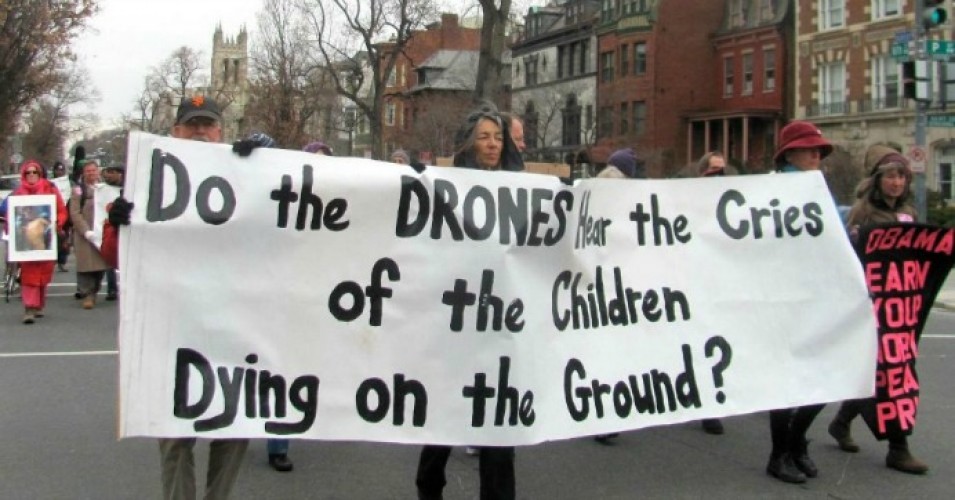
War has continued. Surveillance has continued. Drone killings have continued. Police shootings have continued. Highway robbery meted out by government officials has continued. Corrupt government has continued. Profit-driven prisons have continued. Censorship and persecution of anyone who criticizes the government have continued. The militarization of the police has continued. The devastating SWAT team raids have continued. The government’s efforts to label dissidents as extremists and terrorists has continued.
The more things change, the more they have stayed the same.
We’ve been stuck in this political Groundhog’s Day for so long that minor deviations appear to be major developments while obscuring the fact that we’re stuck on repeat, unable to see the forest for the trees.
This is what is referred to as creeping normality, or a death by a thousand cuts.
It’s a concept invoked by Pulitzer Prize-winning scientist Jared Diamond to describe how major changes, if implemented slowly in small stages over time, can be accepted as normal without the shock and resistance that might greet a sudden upheaval.
Diamond’s concerns related to Easter Island’s now-vanished civilization and the societal decline and environmental degradation that contributed to it, but it’s a powerful analogy for the steady erosion of our freedoms and decline of our country right under our noses.
As Diamond explains,
“In just a few centuries, the people of Easter Island wiped out their forest, drove their plants and animals to extinction, and saw their complex society spiral into chaos and cannibalism… Why didn’t they look around, realize what they were doing, and stop before it was too late? What were they thinking when they cut down the last palm tree?”
His answer:
“I suspect that the disaster happened not with a bang but with a whimper.”
Much like America’s own colonists, Easter Island’s early colonists discovered a new world—“a pristine paradise”—teeming with life. Yet almost 2000 years after its first settlers arrived, Easter Island was reduced to a barren graveyard by a populace so focused on their immediate needs that they failed to preserve paradise for future generations.
The same could be said of the America today: it, too, is being reduced to a barren graveyard by a populace so focused on their immediate needs that they are failing to preserve freedom for future generations.
In Easter Island’s case, as Diamond speculates:
The forest…vanished slowly, over decades. Perhaps war interrupted the moving teams; perhaps by the time the carvers had finished their work, the last rope snapped. In the meantime, any islander who tried to warn about the dangers of progressive deforestation would have been overridden by vested interests of carvers, bureaucrats, and chiefs, whose jobs depended on continued deforestation… The changes in forest cover from year to year would have been hard to detect… Only older people, recollecting their childhoods decades earlier, could have recognized a difference.Gradually trees became fewer, smaller, and less important. By the time the last fruit-bearing adult palm tree was cut, palms had long since ceased to be of economic significance. That left only smaller and smaller palm saplings to clear each year, along with other bushes and treelets. No one would have noticed the felling of the last small palm.”
Sound painfully familiar yet?
We’ve already torn down the rich forest of liberties established by our founders. It has vanished slowly, over the decades. Those who warned against the dangers posed by too many laws, invasive surveillance, militarized police, SWAT team raids and the like have been silenced and ignored. They stopped teaching about freedom in the schools. Few Americans know their history. And even fewer seem to care that their fellow Americans are being jailed, muzzled, shot, tasered, and treated as if they have no rights at all.
The erosion of our freedoms happened so incrementally, no one seemed to notice. Only the older generations, remembering what true freedom was like, recognized the difference. Gradually, the freedoms enjoyed by the citizenry became fewer, smaller and less important. By the time the last freedom falls, no one will know the difference.
This is how tyranny rises and freedom falls: with a thousand cuts, each one justified or ignored or shrugged over as inconsequential enough by itself to bother, but they add up.
Each cut, each attempt to undermine our freedoms, each loss of some critical right—to think freely, to assemble, to speak without fear of being shamed or censored, to raise our children as we see fit, to worship or not worship as our conscience dictates, to eat what we want and love who we want, to live as we want—they add up to an immeasurable failure on the part of each and every one of us to stop the descent down that slippery slope.
We are on that downward slope now.
The contagion of fear that McCarthy helped spread with the help of government agencies, corporations and the power elite is still poisoning the well, whitewashing our history, turning citizen against citizen, and stripping us of our rights.

What we desperately need is the kind of resolve embodied by Edward R. Murrow (image on the right from Britannica), the most-respected newsman of his day.
On March 9, 1954, Murrow dared to speak truth to power about the damage McCarthy was inflicting on the American people. His message remains a timely warning for our age.
We will not walk in fear, one of another. We will not be driven by fear into an age of unreason, if we dig deep in our history and our doctrine; and remember that we are not descended from fearful men. Not from men who feared to write, to speak, to associate, and to defend causes that were for the moment unpopular. This is no time for men who oppose Senator McCarthy’s methods to keep silent, or for those who approve. We can deny our heritage and our history, but we cannot escape responsibility for the result. There is no way for a citizen of a republic to abdicate his responsibilities. As a nation we have come into our full inheritance at a tender age. We proclaim ourselves, as indeed we are, the defenders of freedom, wherever it continues to exist in the world, but we cannot defend freedom abroad by deserting it at home. The actions of the junior Senator from Wisconsin have caused alarm and dismay amongst our allies abroad, and given considerable comfort to our enemies. And whose fault is that? Not really his. He didn’t create this situation of fear; he merely exploited it—and rather successfully. Cassius was right. ”The fault, dear Brutus, is not in our stars, but in ourselves.”
America is approaching another reckoning right now, one that will pit our commitment to freedom principles against a level of fear-mongering that is being used to wreak havoc on everything in its path.
The outcome rests, as always, with “we the people.” As Murrow said to his staff before the historic March 9 broadcast: “No one can terrorize a whole nation, unless we are all his accomplices.”
Take heed, America.
As I make clear in my book Battlefield America: The War on the American People, this may be your last warning.
*
Note to readers: please click the share buttons above or below. Forward this article to your email lists. Crosspost on your blog site, internet forums. etc.
This article was originally published on The Rutherford Institute.
Constitutional attorney and author John W. Whitehead is founder and president of The Rutherford Institute. His new book Battlefield America: The War on the American People is available at www.amazon.com. Whitehead can be contacted at [email protected]. He is a frequent contributor to Global Research.
Featured image is from Wikimedia Commons

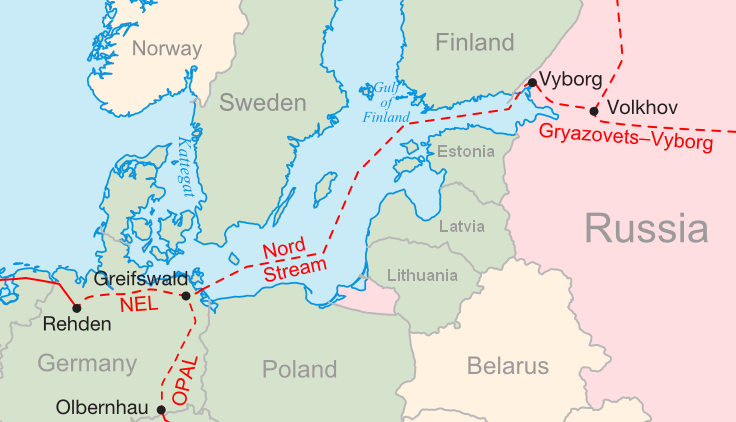
 Can you
Can you 